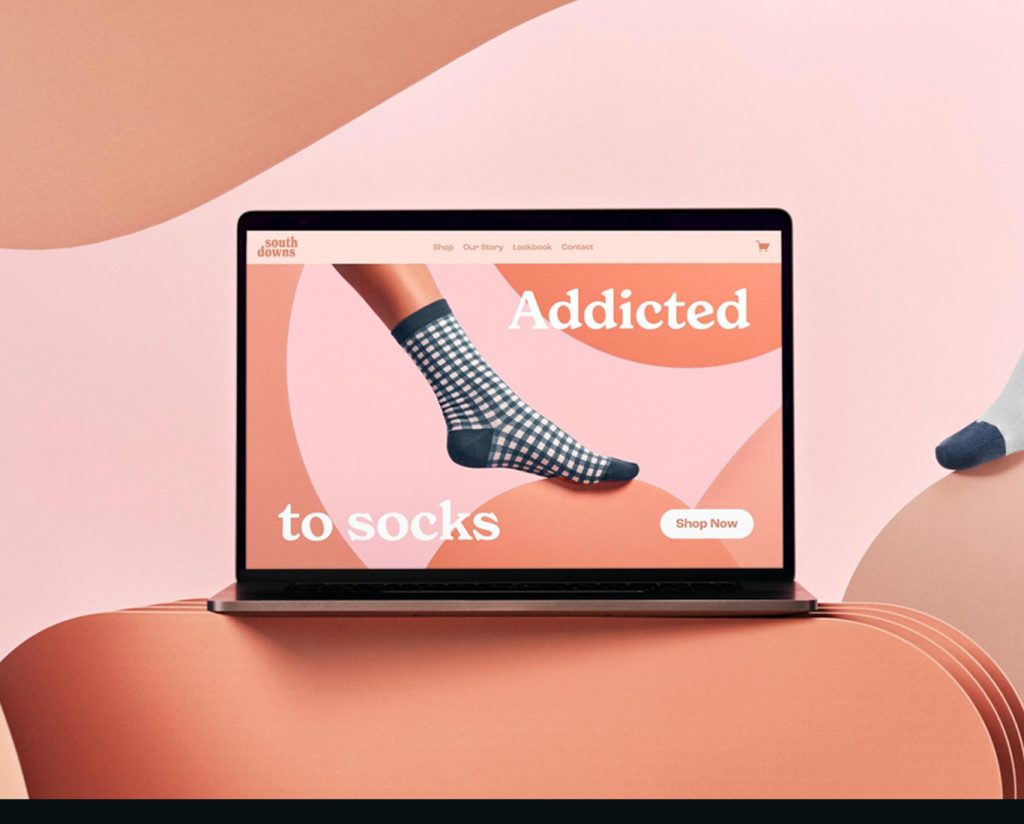As you must know by now, nothing good comes without hard work and dedication. Becoming a professional in any skill is challenging. This article will guide you on becoming a freelance website designer.
Congratulations to you because you have just taken your first step towards success.
Sometimes, we want to do something that will make our lives better, but we do not take the right steps because we do not know where to start from or which way to go. A lot of young minds who aspire to become professional freelance website designers are unaware of how to achieve this feat because they fail to seek assistance from already made professionals. And that’s the first step to failure. This article explains in full details 7 steps that you can follow to become a self-renowned professional freelance website designer. It also holds the answers to most questions you might have about website designing.
Becoming a professional freelance website designer involves a combination of developing your skills, building a portfolio, and effectively marketing yourself. Here are seven steps to help you on your journey:
01. Acquire the Necessary Skills
Becoming a proficient website designer begins with a solid foundation in the essential technical skills. HTML, CSS, and JavaScript are the fundamental languages of web development, and a thorough understanding of these is non-negotiable. Familiarize yourself with design tools such as Adobe XD, Sketch, or Figma, which are crucial for creating visually appealing layouts and prototypes. Ongoing learning is vital in the ever-changing tech landscape, so stay updated on the latest design trends and emerging technologies to stay competitive in the market.
02. Build a Strong Portfolio
Create a portfolio showcasing your best work. Include a variety of projects to demonstrate your versatility. If you’re just starting, consider doing pro bono or discounted work for friends, family, or local businesses to build up your portfolio. Your portfolio is a crucial tool for attracting potential clients.
Your portfolio is your professional showcase, demonstrating your skills and capabilities to potential clients. While education and certifications are valuable, clients are often more interested in seeing real-world examples of your work. Start by undertaking personal or pro bono projects to build a diverse and impressive portfolio. Include a variety of projects that showcase your range of skills, from simple landing pages to more complex e-commerce sites. Regularly update your portfolio with your latest work to reflect your evolving expertise.
By doing this, you are building a standard portfolio that tells clients who click on your page that you might not be a professional yet, but you have a really good idea of what you’re doing and you’re also capable of giving them what they want. You are giving them an avenue to trust you to do their work and deliver right.
03. Set Your Pricing and Services
Determine your pricing structure based on factors like your skills, experience, and the market demand. Clearly define the services you offer, whether it’s website design, development, maintenance, or additional services like SEO optimization. Be transparent about your pricing on your website or when communicating with potential clients.
04. Create a Professional Online Presence to Freelance Website Designer
Develop a professional website that showcases your portfolio, services, and contact information. Ensure your website is visually appealing, easy to navigate, and mobile-friendly. Use this platform to convey your skills and make it easy for potential clients to reach out to you.
05. Market Yourself Effectively
Utilize online platforms to market your services. Create profiles on freelance websites like Upwork, Fiverr, or Freelancer, and optimize them with relevant keywords. Leverage social media to showcase your work and engage with potential clients. Consider running targeted ads to reach a wider audience.
Squarespace Website Design is the Best Choice to Stand Out.
06. Network and Build Relationships: for Freelance Website Designer
Attend industry events, join online forums, and participate in web design communities. Networking can lead to referrals and collaborations. Building relationships with other freelancers or agencies can also open up opportunities for joint projects or subcontracting.
07. Provide Excellent Customer Service
The success of your freelancing career hinges on your reputation and the satisfaction of your clients. Delivering excellent customer service involves more than just creating visually appealing websites. It encompasses effective communication, meeting deadlines, and ensuring that the client’s vision is translated into the final product. Satisfied clients are more likely to recommend your services, provide positive testimonials, and become repeat customers. Building a reputation for reliability and quality work is a long-term investment that pays off in the form of a steady flow of projects and a growing client base.
Once you have yourself set up and grounded in these seven steps, you can expect better payment, more work and improvement of skills that make every professional freelance website designer you see and know today.
I’m a Freelance Web Designer and Developer. I started my freelance career as a Graphic Designer, and I developed my skills at the same time. please work with me from anywhere https://raselkabir.com/

